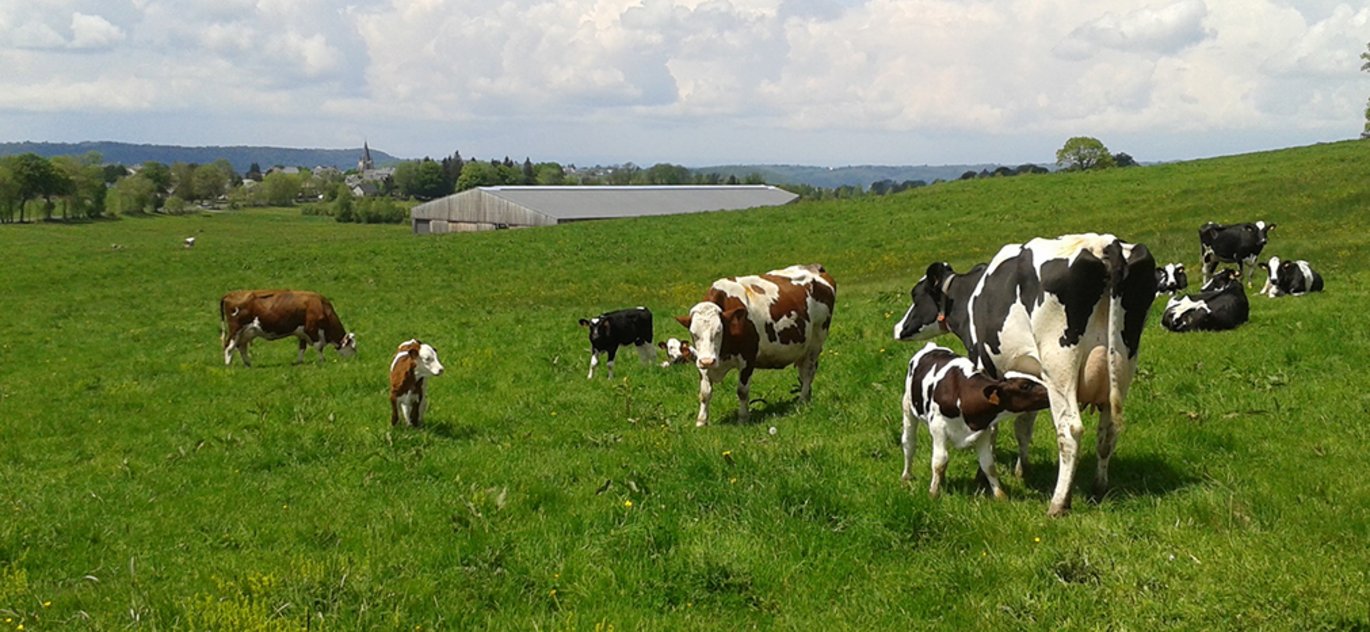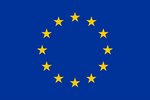Natural nursing procedures implemented in French dairy farms
The early cow-calf separation is a common practice in most dairy farms, but it is questioned by both farmers and citizens. In the frame of the ProYoungStock CORE Organic project, alternative practices implemented by 102 French dairy farmers were described.

Semi quantitative surveys were carried out in 102 dairy farms allowing the calves to suckle their dam or a foster cow in order to better know the motivation of the farmers, the diversity and the consequences of these alternative practices on technical results.
The median size of herds was 66 dairy cows (8 to 210), mainly from Montbéliarde and Holstein breeds. More than half of the farms were in organic farming (56 percent), with a great diversity in milking and housing systems (milking parlour, robotic milking, tie-stall barn, loose housing…). Three major calf feeding practices, from birth until sale or weaning, were identified: 1 / the calves are exclusively fed by their mothers (54 farms); 2 / the calves are at first fed by their mothers and then with milk powder or bulk milk (48 farms); 3 / the calves are fed by their mothers and then by a foster cow (37 farms). The diversity of calf feeding systems was found in all types of farms, regardless of their size or their geographic location. Within the same farm, the practices often differed between the calves for sale (male or female) and the ones for renewal (62 farms).
Improving animal health (52 farms), the reduction of working time (47 farms) and livestock costs (32 farms) were the main motivations of farmers to implement these practices. For 80 percent of them, these alternative practices led to a reduction of diarrhoea and an improvement of calves’ growth. The separation of cow and calf, which is always necessary after some months, remains the negative and often difficult point of these practices, with mooing periods averaging 2.4 days.
This survey allows having a better knowledge of feeding practices of dairy calves by their mother or a foster cow. Similar surveys associated to experimental works are currently also conducted in other countries in the frame of the ProYoungStock CORE Organic project. They will provide a wider vision of these practices and their impacts on cow and calf performances, behaviour and health.
Authors info:
MICHAUD A. (1), DISENHAUS C. (2), MARTIN B. (1), LE COZLER Y. (2), POMIÈS D. (1).
(1) Université Clermont Auvergne, INRA, VetAgro Sup, UMR Herbivores, F-63122 Saint-Genès-Champanelle, France
(2) PEGASE, Agrocampus Ouest, INRA, 35590 Saint-Gilles, France
